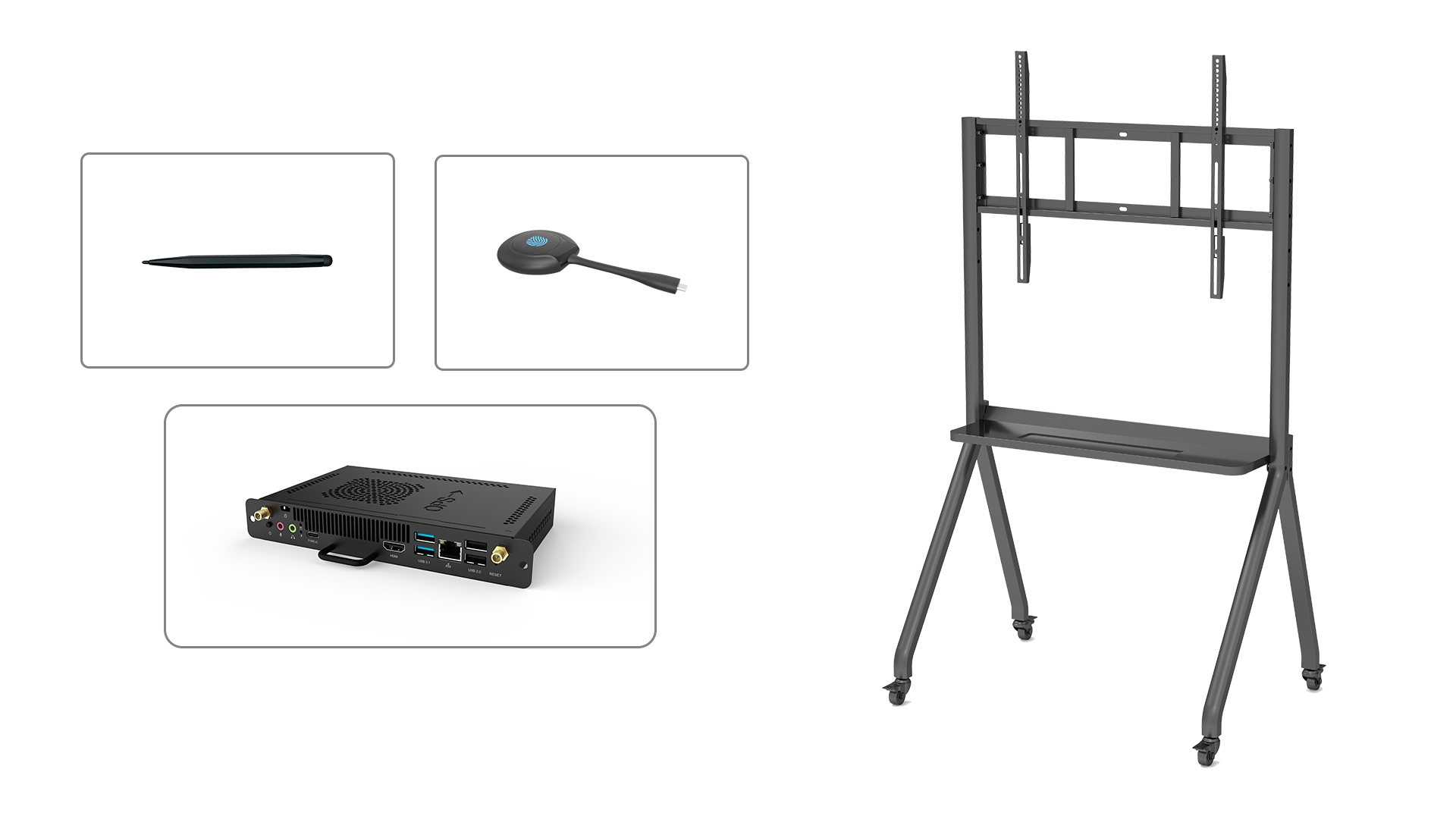1. The Evolution of Touch Screen Interactive Displays
Touch screen interactive displays have come a long way since their inception. From the early resistive touch screens to the more advanced capacitive touch screens, these displays have revolutionized the way we interact with technology. Today, they have become an integral part of our lives, enhancing user experience across various industries.
2. How Touch Screen Interactive Displays Work
Touch screen interactive displays utilize a combination of hardware and software to enable user interaction. The display itself is made up of multiple layers, including a touch-sensitive layer that detects and responds to touch input. This layer can be based on different technologies such as capacitive, infrared, or optical. The touch input is then processed by the device's software, which translates it into meaningful actions.
3. Applications of Touch Screen Interactive Displays
Touch screen interactive displays find applications in a wide range of industries. In the education sector, they are used in interactive whiteboards, allowing teachers to deliver engaging and interactive lessons. In the retail industry, they are used in self-service kiosks, enabling customers to browse and purchase products with ease. They are also used in healthcare settings, where they facilitate patient check-ins and provide interactive information.
4. Benefits of Touch Screen Interactive Displays
There are numerous benefits of using touch screen interactive displays. Firstly, they provide a more intuitive and natural way of interacting with technology. Users can simply touch, swipe, or pinch on the screen to navigate and perform actions. Secondly, they enhance collaboration and engagement, as multiple users can interact with the display simultaneously. Additionally, touch screen interactive displays are easy to use and require minimal training, making them accessible to a wide range of users.
5. Challenges in Implementing Touch Screen Interactive Displays
While touch screen interactive displays offer many advantages, there are also challenges in their implementation. One challenge is the need for regular cleaning and maintenance to ensure optimal performance. The touch-sensitive layer can accumulate fingerprints and smudges, which may affect touch accuracy. Another challenge is the cost associated with implementing touch screen interactive displays, especially for large-scale installations. However, with advancements in technology, these challenges are being addressed to make touch screen interactive displays more practical and affordable.
6. Future Trends in Touch Screen Interactive Displays
The future of touch screen interactive displays looks promising. One trend is the integration of touch screens with other technologies such as augmented reality (AR) and virtual reality (VR). This integration can create immersive and interactive experiences for users. Another trend is the development of flexible and bendable touch screen displays, which can be incorporated into curved surfaces and unconventional form factors. These advancements will further expand the possibilities of touch screen interactive displays.
7. Security Considerations for Touch Screen Interactive Displays
With the increasing use of touch screen interactive displays in various industries, security considerations become crucial. It is important to implement measures to protect sensitive data and prevent unauthorized access. Encryption, user authentication, and secure network connections are some of the security measures that can be implemented to ensure the privacy and integrity of user interactions.
8. Touch Screen Interactive Displays in the Gaming Industry
Touch screen interactive displays have also made their way into the gaming industry. With the rise of mobile gaming, touch screens have become the primary input method for many games. The responsive and tactile nature of touch screens adds a new dimension to gaming, allowing for more immersive and interactive gameplay experiences.
9. Touch Screen Interactive Displays in the Automotive Industry
The automotive industry is another sector where touch screen interactive displays are gaining prominence. Touch screens are being integrated into car dashboards, providing drivers with access to navigation, entertainment, and vehicle control systems. These displays enhance the user experience and improve the accessibility of in-car technology.
10. The Future of User Interaction
Touch screen interactive displays have transformed the way we interact with technology, and their future looks even more exciting. As advancements continue to be made in touch screen technology, we can expect more seamless and intuitive user experiences. From education and retail to healthcare and gaming, touch screen interactive displays are shaping the future of user interaction.






